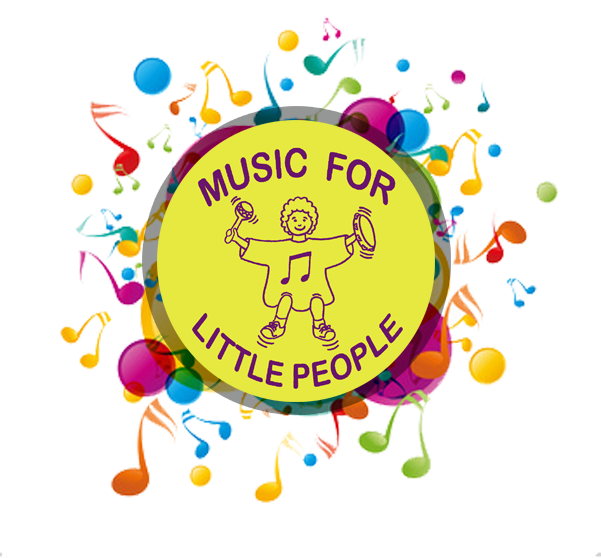Are we losing the lullabies, nursery rhymes and action songs that are traditionally part of early childhood – and does it matter?
When we sing lullabies and rock our children we are educating the earliest of the developing senses: the vestibular system. This sensory system provides the leading contribution to balance and spatial orientation for the purpose of coordinating movement. It is sensitive both to movement as well as to changes in direction or speed, and when that movement stops and starts. The vestibular sense is soothed by rocking, swinging and swaying movements.

Rocking a child simulates the motion of the mother’s walking rhythm, a pre-birth memory which is familiar and comforting to the child. The vibrations produced by your voice gently stimulate the sense of touch and hearing is stimulated through tone, timbre and repetition of similar sounds. So lullabies act as a multi-sensory link from the womb to the strange new outside world.
Rhyming words are a recurring feature of nursery rhymes and early childhood songs. They help to develop the ability to discriminate small differences between similar sounds and understand ho

w these small changes alter meaning. Very often it is these rhyming ends of lines that are the first part of the song that a child will sing: such as “star, are, high, sky” from “Twinkle Twinkle”.
Different cultures generate their own particular songs and rhymes and contain the specific melodies, stresses and accents peculiar to that culture. So lullabies help to welcome the child to the world of his own culture.
Singing also extends the length of the “open” vowel sounds in speech (think of Baa Baa Black Sheep” and how long you take over the underlined vowels when singing rather than speaking the rhyme). This makes it easier to hear and process the sounds within the words. It is thought that individuals with dyslexia process sounds of speech more slowly than normal, so many vowel sounds are simply not heard or are perceived in a scrambled form.
Carnegie Mellon University scientists are investigating how procedural learning (how we acquire skills and habits such as riding a bike) impacts how individuals with dyslexia learn speech sound categories. Imagine listening to someone speaking to you in an unfamiliar foreign language – it usually sounds far too fast for you to understand. The uneducated ear is slower at processing a stream of unfamiliar words and cannot tell where one word ends and the next one begins – singing and chanting help us to learn to hear and reproduce all the sounds within a word.
The thing I remember most from my school French lessons is the song “Dans sa maison un grand cerf” which we sang very dramatically with accompanying actions! Here it is on YouTube if you’d like to have a go!
https://www.youtube.com/watch?v=8SW1dg7ZipU
P.S. In the UK one in ten children have some form of speech, language and communication need (SLCN). In areas of disadvantage, evidence suggests that upwards of 50% of children are arriving at school with poor communication skills. In 2010 the Government appointed Jean Gross to be a new “Communications Champion” as the ability to communicate is fundamental to achievement in all aspects of life – achievement in school, making friends and forming relationships.
Read more here
http://www.literacytrust.org.uk/news_blogs/email_updates/interviews/jean_gross
Talking, singing and reading with your child every day is one way of helping avoid many language problems develop later.
If you need more help, visit http://www.ican.org.uk/


Recent Comments